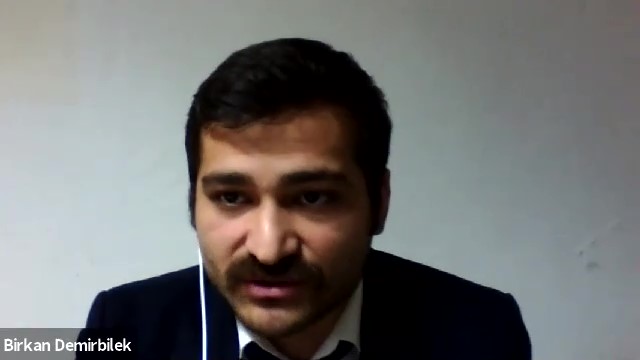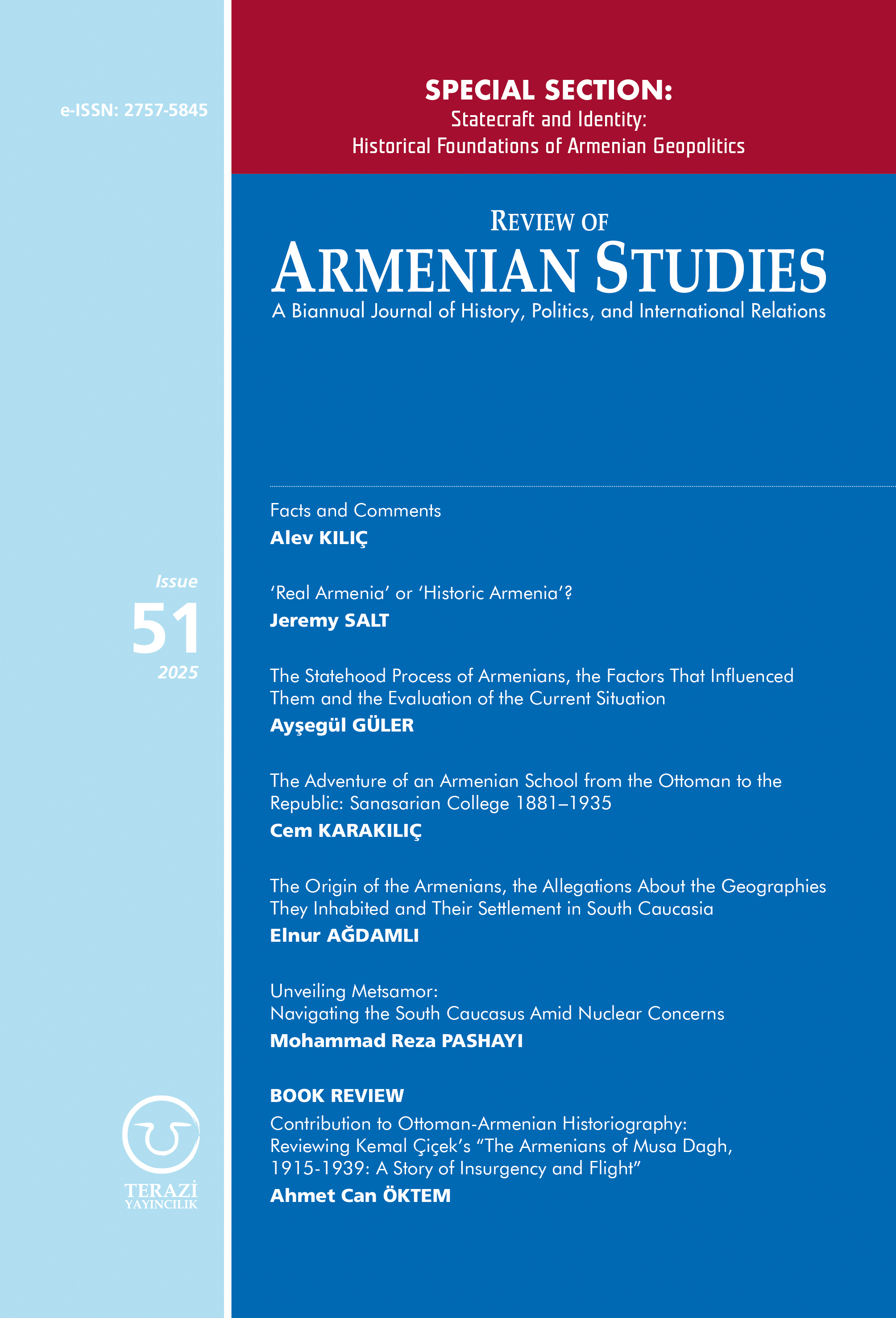LECTURE TITLED “THE ARMENIAN AMIRA CLASS IN THE OTTOMAN AND ITS EFFECT ON ARMENIAN SOCIETY (OSMANLI’DA ERMENİ AMİRA SINIFI VE ERMENİ TOPLUMU ÜZERİNDEKİ ETKİLERİ) WAS HELD ONLINE
Download PDF :


On 10 December 2020, the last lecture of the Ömer Engin Lütem Lectures of 2020 titled “The Armenian Amira Class in the Ottoman and Its Effect on Armenian Society (Osmanlı’da Ermeni Amira Sınıfı ve Ermeni Toplumu Üzerindeki Etkileri)”, at which the main speaker was Research Assistant Birkan Demirbilek, was held online.
The Ottoman State was constituted of communities with a wide variety of ethnic and religious backgrounds from its foundation to its transformation into an empire. After the conquest of Istanbul, Armenians, who were involved with varying jobs, migrated to Istanbul, which was an important trade center. Istanbul and its surroundings were thus a choice spot for Armenians involved in trade. In time, a privileged Armenian class consisting of traders and moneylenders emerged in the region.
In his presentation, Research Assistant Birkan Demirbilek discussed this privileged Armenian class, the Amira class, who would lead the Armenian millet (nation) for a long time. The efforts of the Amira to become an authority over the Armenian community and the Armenian Church by using their economic power was one of the points that Demirbilek examined in his presentation. It seems that, through their economic power, the Amira built many schools and churches for the Armenian nation, and by establishing charity organizations, they took the leadership of the Armenian nation. However, after the Tanzimat Edict's declaration, the power and the superiority of the Amira class started to gradually decrease.
Please click here to watch the video recording of Research Assistant Birkan Demirbilek’s presentation focusing on the activities of the Amira class in the field of culture, society, education, and economy in the Ottoman State in the light of crucial sources such the Ottoman archives, books, articles, and internet resources.





























